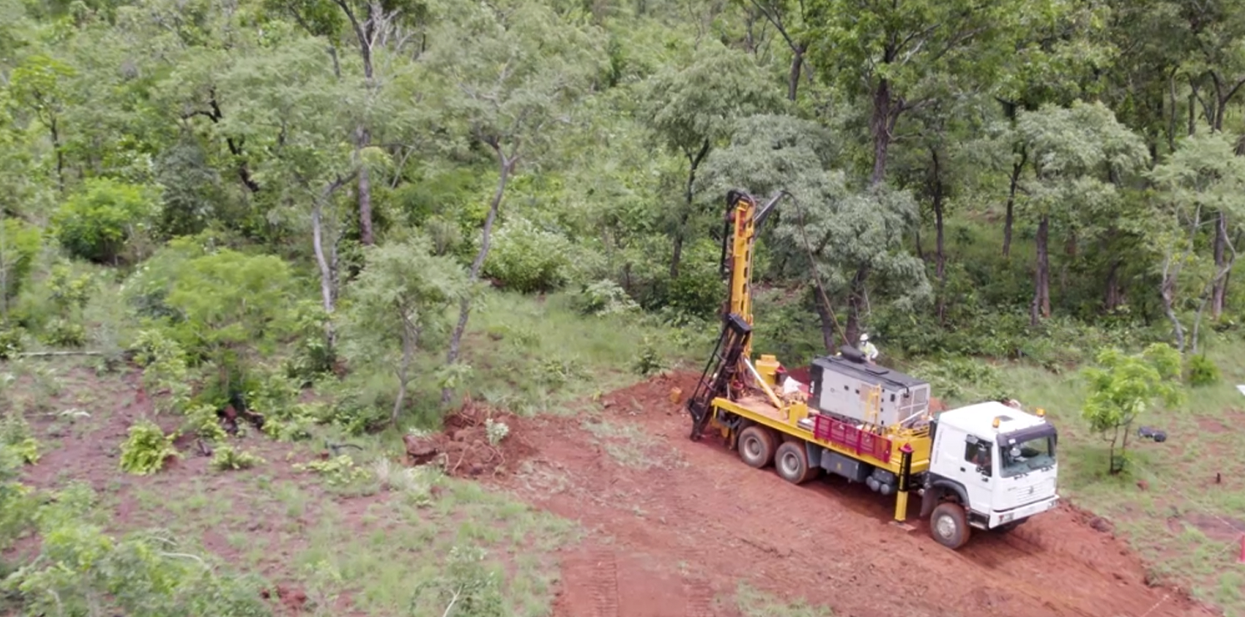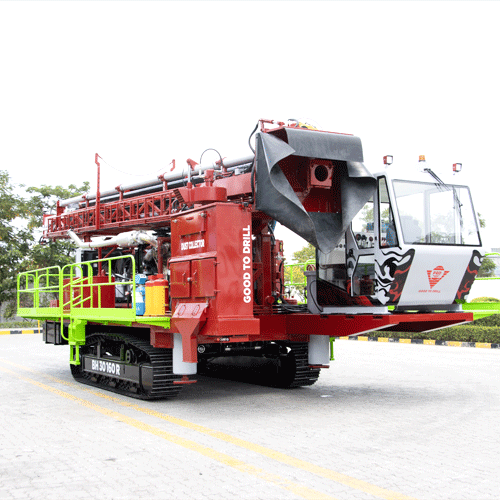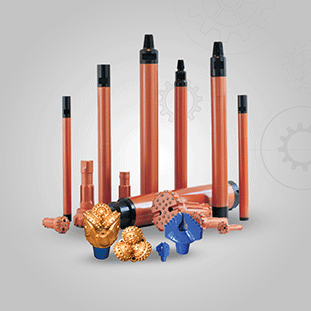Challenges in Slim Line Drilling and How to Overcome Them
Slim-line drilling, characterized by smaller diameter drill strings and tools, offers numerous advantages, including reduced environmental impact and cost savings. However, it also presents unique challenges that require innovative solutions. Drawing insights from PRD Rigs, a leading manufacturer of drilling rigs, we explore these challenges and effective strategies to address them.?
1. Vibration and Stick-Slip Issues
The reduced diameter of the drill string in slim-hole drilling can lead to increased lateral and torsional vibrations, commonly referred to as stick-slip. These vibrations can reduce the rate of penetration (ROP), cause premature wear on drilling equipment, and compromise wellbore stability.?
Solution: Utilizing advanced vibration mitigation tools can significantly reduce stick-slip by dampening detrimental vibrations. This allows for improved drilling efficiency and better control over the drilling process.?
2. Hydraulic Limitations
Slim-hole wells often have reduced annular clearances, leading to higher annular pressure losses during fluid circulation. This can impair cuttings transport, increase the risk of wellbore instability, and complicate well control operations.?
Solution: Implementing shear-thinning drilling fluids can help mitigate these issues. These fluids have low viscosity at high shear rates, facilitating efficient cuttings transport, and higher viscosity at low shear rates, improving wellbore stability. Additionally, optimizing mud flow rates and rheology is essential to maintain effective hydraulics in slim-hole drilling.
3. Tool Joint and Drill String Failures
The smaller and thinner tubulars used in slim-hole drilling are mechanically weaker than their conventional counterparts. This makes them more susceptible to failures, especially under high torque and vibration conditions.?
Solution: Employing high-torque drill strings and incorporating vibration-resistant technologies can enhance the durability and reliability of the drilling assembly. Additionally, using tools specifically designed for slim-hole applications can reduce the risk of failures.?
4. Well Control Challenges
The small annular space in slim-hole wells can make kick detection more difficult. The reduced space increases the risk of swabbing, where the wellbore pressure drops below the formation pressure, leading to influxes of formation fluids.?
Solution: Implementing highly sensitive and reliable kick detection systems is crucial. Regular flow checks and immediate well shut-in procedures after circulation stops can help detect and control kicks promptly. Additionally, using weighted brines and pigment-grade barite can aid in maintaining well control in slim-hole operations.?
5. Cementing and Completion Issues
The reduced diameter of slim-hole wells can complicate cementing operations, leading to poor zonal isolation and potential well integrity issues.?
Solution: Designing specialized cementing programs that account for the smaller wellbore dimensions is essential. Utilizing expandable liners and advanced completion techniques can improve cementing effectiveness and well integrity in slim-hole wells.?
6. Limited Petrophysical Data
The smaller diameter of slim-hole wells can limit the acquisition of comprehensive petrophysical data, affecting reservoir evaluation and management.?
Solution: Employing advanced logging tools and techniques tailored for slim-hole applications can enhance data acquisition. Integrating these tools into the drilling process allows for better reservoir characterization and decision-making.?
Conclusion
While slimline drilling offers significant advantages in terms of reduced environmental impact and cost savings, it also presents unique challenges. By understanding these challenges and implementing appropriate solutions, operators can enhance the efficiency and success of slim-hole drilling operations. Continued innovation and the adoption of specialized technologies will be key to overcoming these challenges and maximizing the potential of slim-line drilling.?
For more information on PRD Rigs' products and services, visit www.prdrigs.com.




